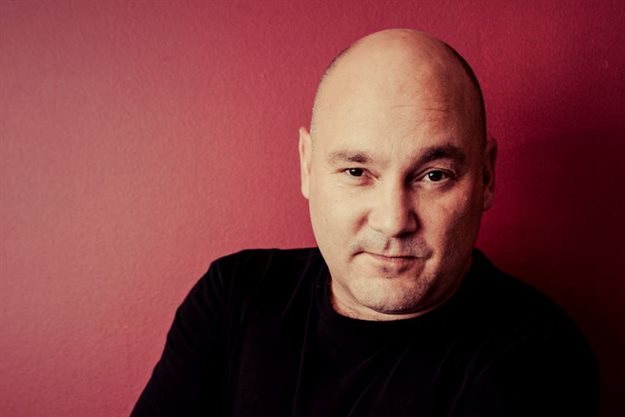Marketing & Media trends
Industry trends
BizTrends Sponsors
#BizTrends2021: The impact of the media evolution on PR and communication
So as the world changed so dramatically this past year, what do communicators need to keep in mind for the coming year?

The evolution of the media landscape
Though the demise of print media has been predicted for many years, 2020 certainly saw the most dramatic impact on print. Many iconic titles disappeared overnight with Cosmopolitan, People, Garden & Home, Rooi Rose and others closing down. Giants like the Sunday Times saw a 52% decline in circulation, compared to a year before (ABC Q3 2020 circulation figures).
But we also saw online traffic increasing dramatically - particularly in the early days of the lockdown when it was reported that sites such as News24, Fin24 and Citizen all recorded more than 50% growth in unique browsers. Though this spike has since declined, audience behaviour has changed forever.
Print is quite an expensive advertising medium and with a major income stream now rapidly disappearing - and the gap not being adequately covered by online advertising - media owners are now forced to look at alternative sources of income. Hence many sites are now moving to subscription-based services.
The most recent example being News24, with premium content only accessible to paid subscribers. The site, South Africa’s largest online news site with an average of 1.3 million daily users, recently announced that it managed to sign up 20,000 subscribers in the first two months since launching the limited paywall. However, this only equates to a paid subscriber rate of 0.015%. We will now probably see more content being put behind paywalls.
The rise of owned media
As media owners explore various options to monetise their online presence, it will become a greater challenge for traditional public relations practitioners and communicators to get free media coverage. Though the traditional press release will probably never disappear, we can expect much more paid-for 'partner content' – apparently the new euphemism for advertorial content.
Owned media, such as a brand’s own website, newsletters or social media pages and even influencer partnerships will become even more important channels to reach audiences. The Online Retail Industry in South Africa 2020" report shows that the coronavirus lockdown had a huge impact on the online retail industry. It is estimated that online retail sales grew by around 40% by September 2020 with many expecting it to grow even more by year-end.
The client experience while engaging with a brand’s owned media channels will become of utmost importance. It is no longer adequate to just have a brochure-type website, with e-commerce functionalities, self-help systems and great client service becoming the bare minimum.
Taking a look at influencers in the Ornico World Wide Worx Social Media Landscape 2020 report, tech expert Arthur Goldstuck discusses the massive rise of TikTok in the country, and cites @WianMagic, who posts short videos of his magic tricks, who had already gained 4.1m followers by February 2020. Nine months later his audience had already grown to 10.9m followers! What brands need to do is to harness the power of the correct influencers, and not just celebrities who may be a poor fit.
The art of listening
Disruption now comes from any direction, not just from traditional competitors or even industries. A study conducted a few years ago by Professor Jim Macnamara from the University of Technology Sydney (UTS) found that on average 80% (and in some cases 95%) of the resources and time spent by organisations on communication is devoted to disseminating the organisation’s messages, i.e. speaking on behalf of the organisation.
I would argue that communicators should actually talk less and focus more on listening and analysing the broader societal landscape, and not just focusing on the brand’s traditional environment.
With the rise of cancel culture, poorly conceived brand communication may have many unintended consequences and could actually create a crisis.
Cancel culture refers to the popular practice of withdrawing support for (cancelling) public figures and companies after they have done or said something considered objectionable or offensive. – Dictionary.comCommunicators need to be very aware that communication happens, and is responded to, in a macro context. This is best analysed through a political, economic, social, technological, environmental and legal (PESTEL) analysis, which helps to identify the external forces which may affect a brand or organisation. The importance of this is specifically stressed in the recently updated Barcelona Principles 3.0 by Amec (the International Association for Measurement and Evaluation of Communication).
The reality is communicators are best placed to navigate this ever-changing crazy world we live in – but we need to start focusing on creating strategic brand value instead of just sending out stuff.













